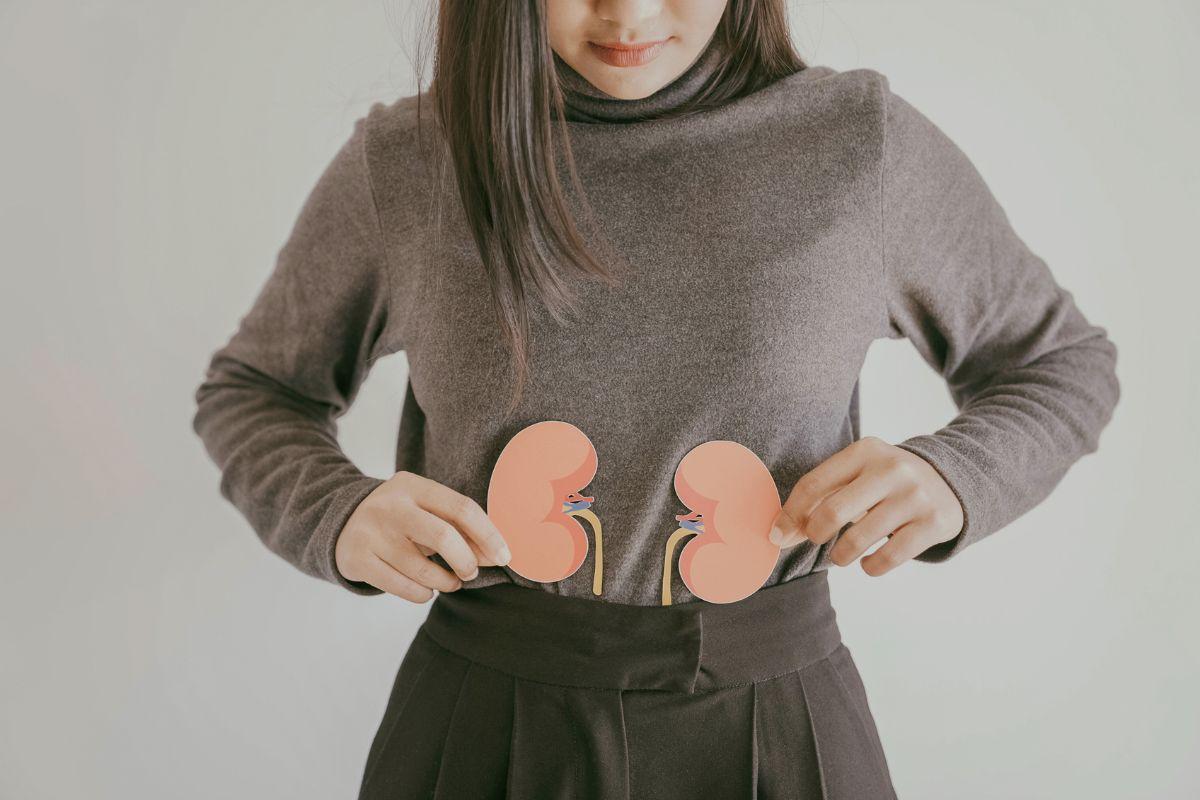October marks Breast Cancer Awareness Month, a worldwide campaign that aims to place the spotlight on breast awareness, education and research.
It is an incredibly important month; breast cancer is the most common cancer in the UK. Over 55,000 people are diagnosed every year in the UK. To put that into even starker context, 15% of all newly diagnosed cancers in the UK are breast cancer.
How common is it to develop breast cancer?
The majority of those diagnosed with breast cancer in the UK are women, but men can also be diagnosed. In 2017, 390 men in the UK were diagnosed with breast cancer, so it is important that we all take note of the early signs and symptoms.
When discussing the susceptibility of breast cancer, it is important to note that, whilst we are all at risk of developing the cancer, some of us may be more at risk than others. There are many factors that can determine the likelihood of developing breast cancer. The most well-known causes are perhaps gender and age. As we’ve touched upon, women are more susceptible to breast cancer, whilst older people possess an increased risk of cancer owing to cell mutation accumulation.
There are perhaps lesser-known factors, however. For example, those who started their periods early, before the age of 12, or those who reached menopause late, beyond the age of 55, may be carrying a higher risk– a result of high concentrations of oestrogens circulating in the body for an extended period of time.
Your lifestyle can also contribute to an increased risk of cancer. For example, being overweight is a well-known risk factor in elderly women, whilst drinking alcohol and a lack of physical activity can also result in an increased risk.
What are the typical symptoms of breast cancer?
Typically, the first symptom of breast cancer that most women notice is a lump in the breast. Most lumps are not cancerous, but it is important to visit a consultant appointment if you notice an area of thickened tissue in either breast that was not previously there.
It is also important to monitor for a new rash on or around your nipple, or a change in appearance. Abnormal discharge or bleeding from the nipple is also a change that would warrant visiting your consultant or GP.
Of course, to notice such changes in appearance, or to identify a lump, it is important to be breast aware. That includes regularly checking your breasts for any such changes. You should become used to knowing how your breasts feel at different times of the month. The size, shape and consistency of your breasts can change during your menstrual cycle, for example, or after the menopause.
Whilst there is no right or wrong way to check your breasts, I would advise feeling each breast and armpit, as far as your collarbone. Looking in the mirror can also help you identify any changes.
To further increase your chances of detecting breast cancer early, breast screenings can prove beneficial. If you are over the age of 40, or have a family risk of breast cancer, then you can self-refer for a mammogram with us. The screening involves a mammogram of both breasts at different angles. The mammogram is then checked by a specialised breast radiologist for abnormalities.
Breast Cancer Awareness Month is the ideal term to learn more about breast cancer, the early signs and its symptoms. If you’re concerned about a change in your breasts, or if you simply would like to discuss in more details with one of our consultants, book an appointment today:




